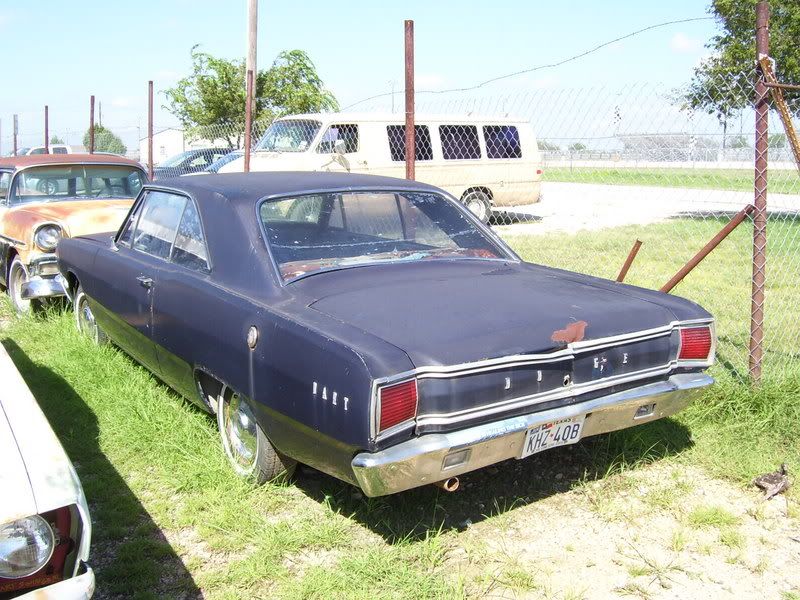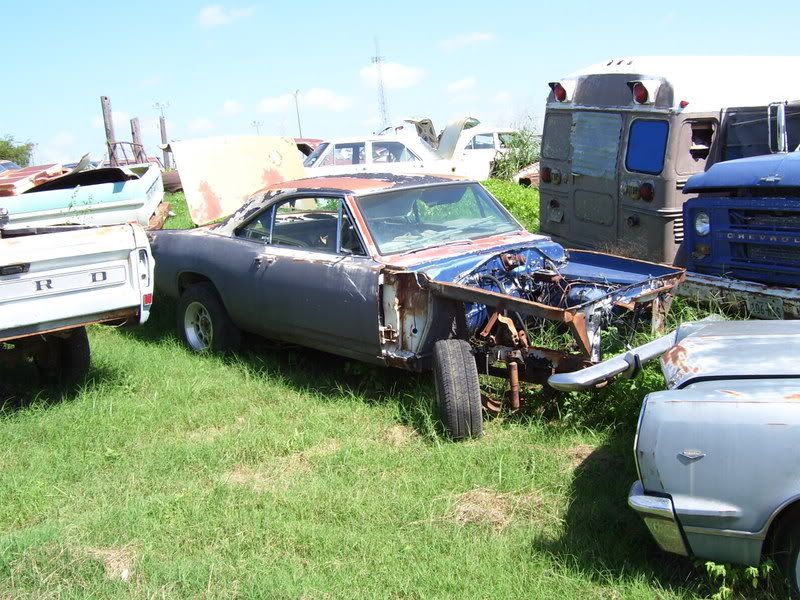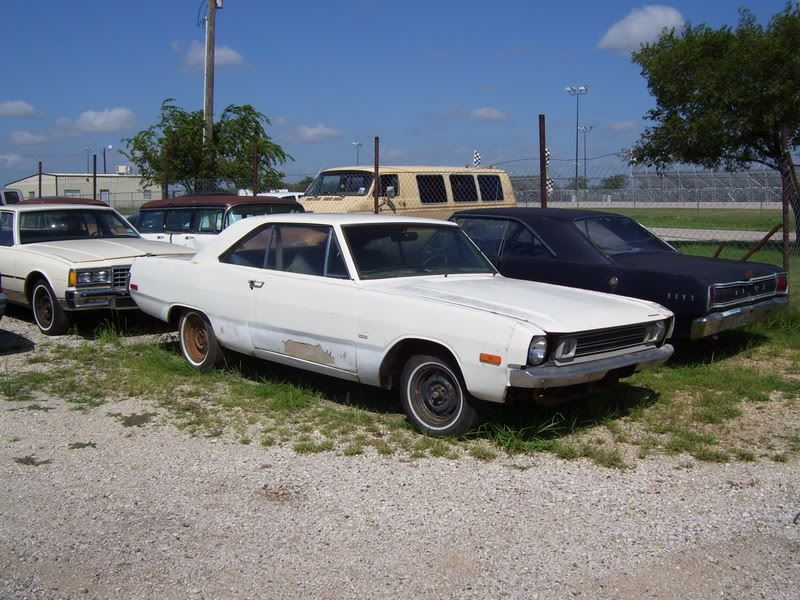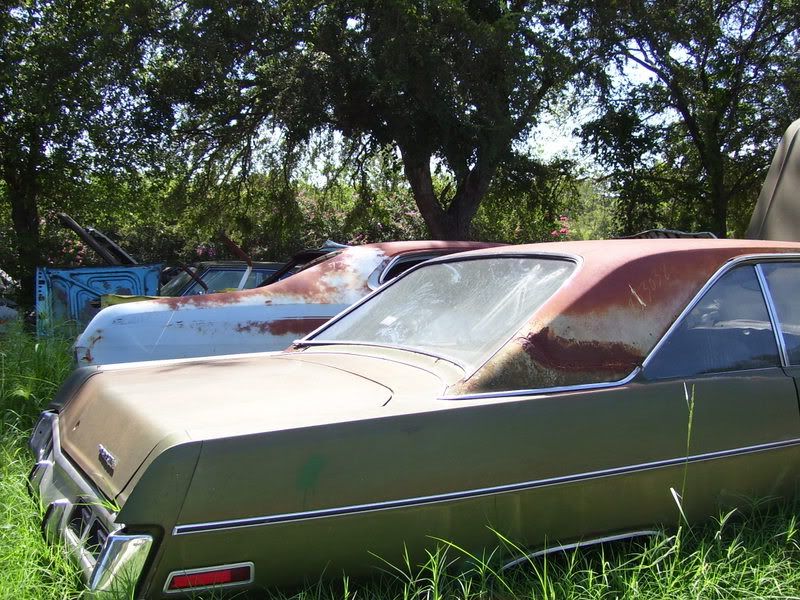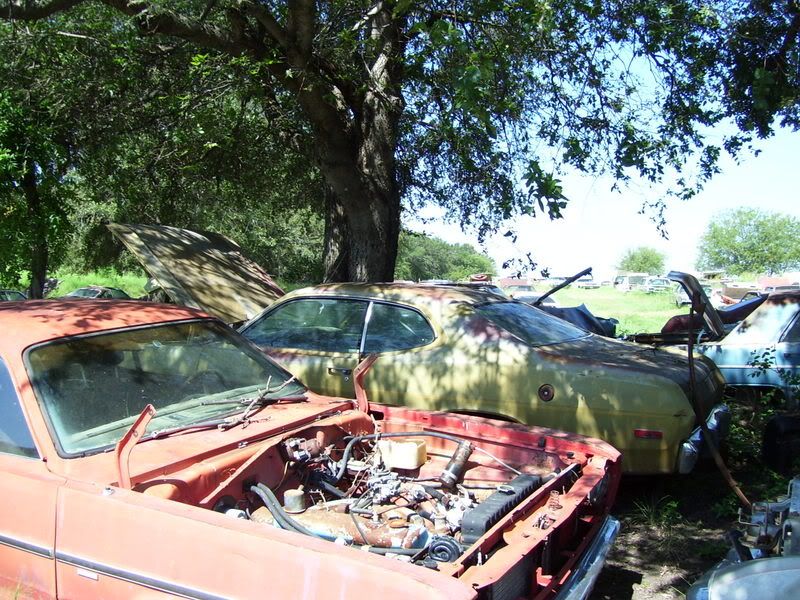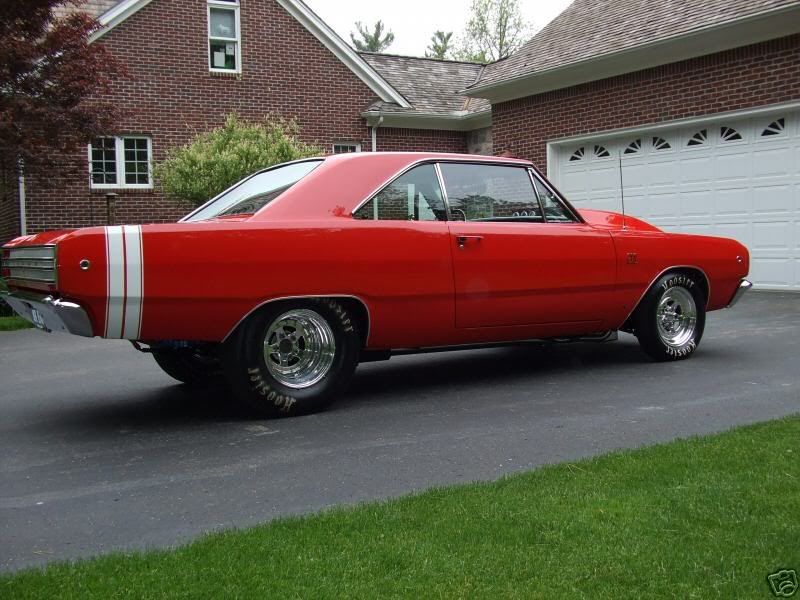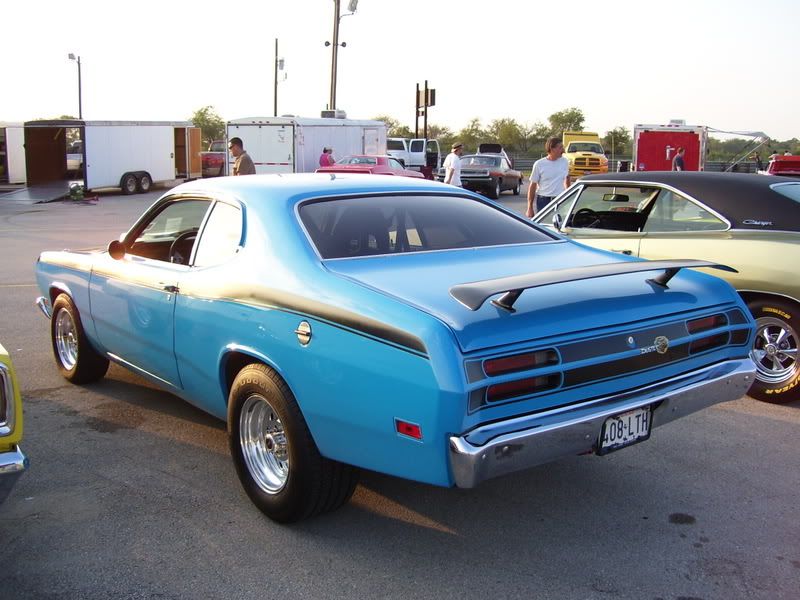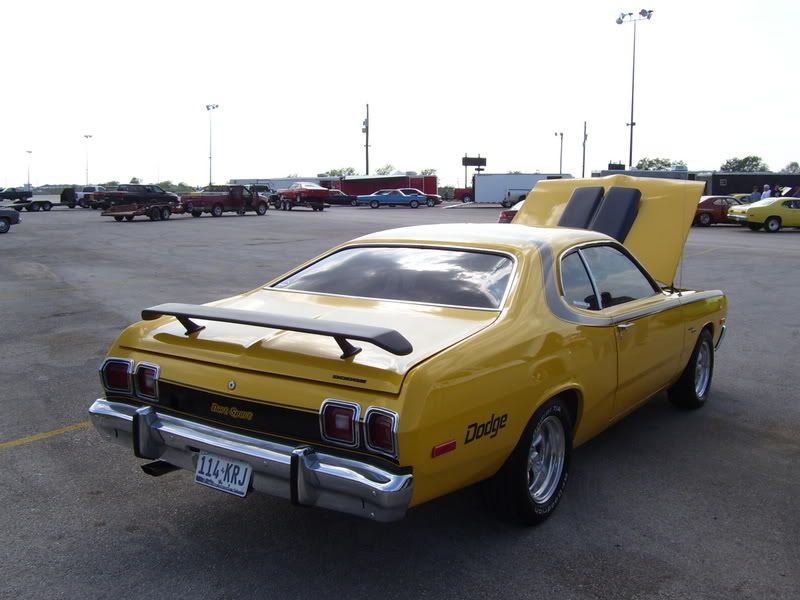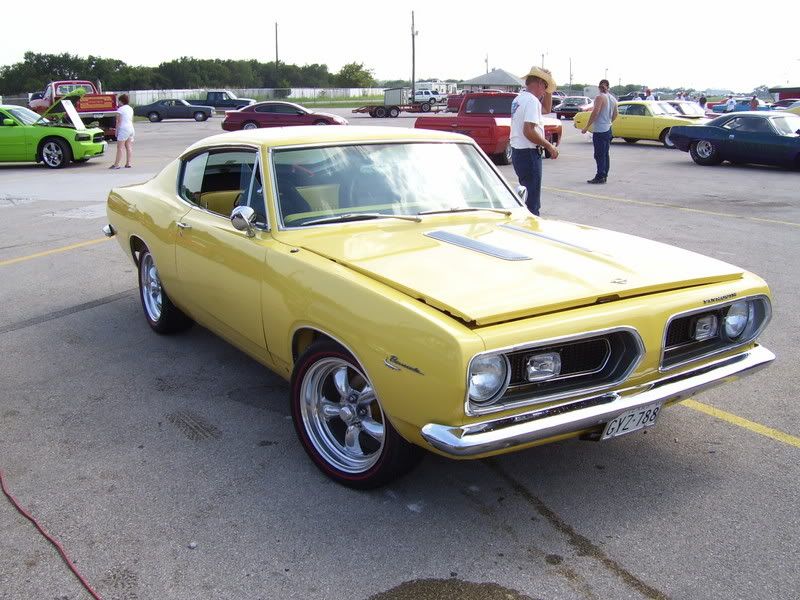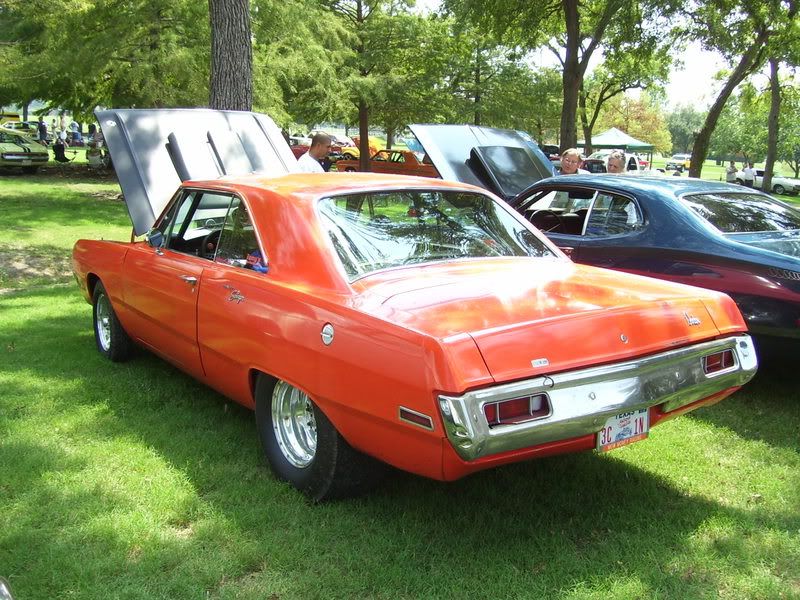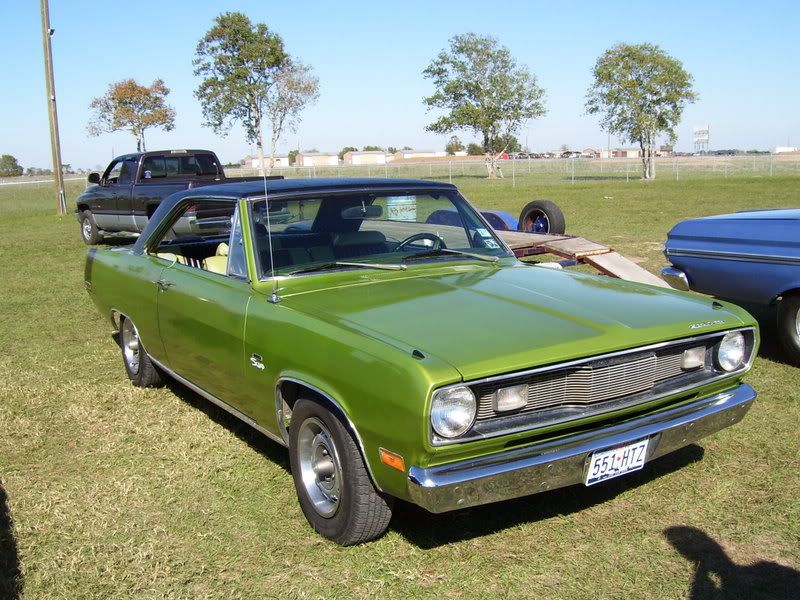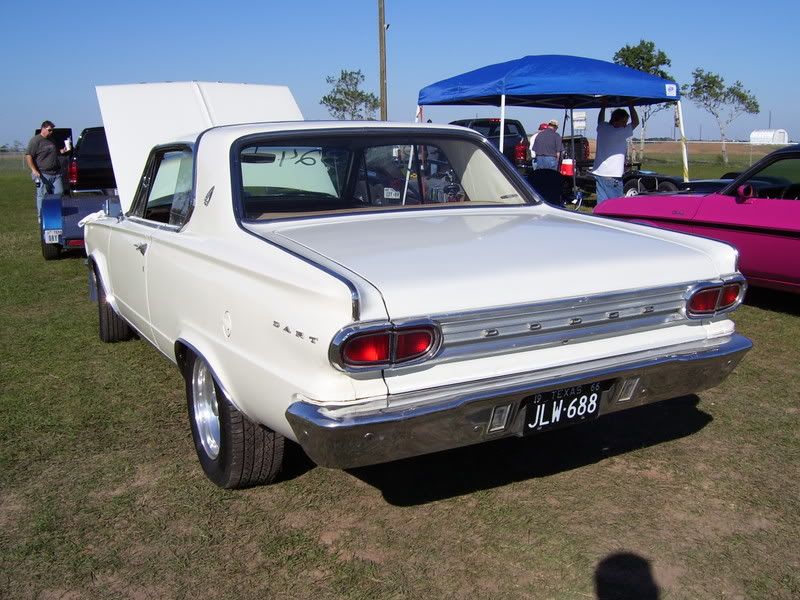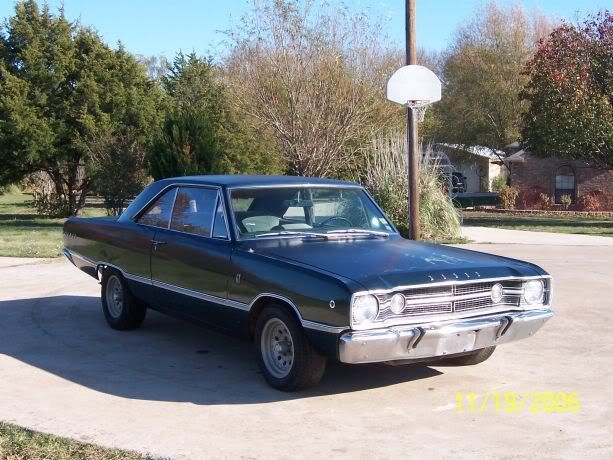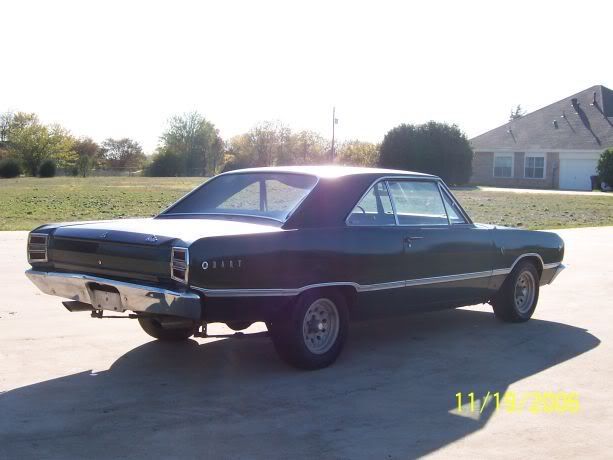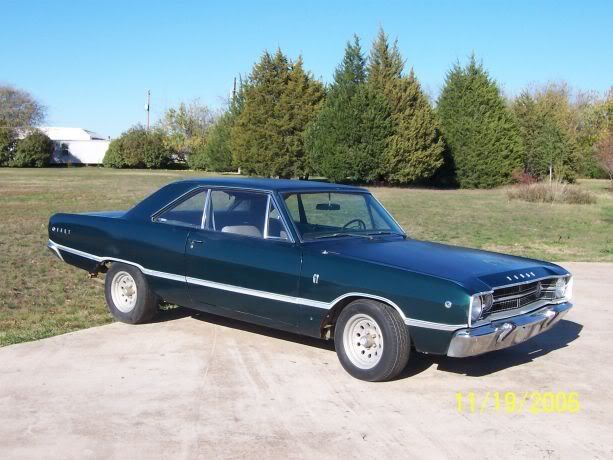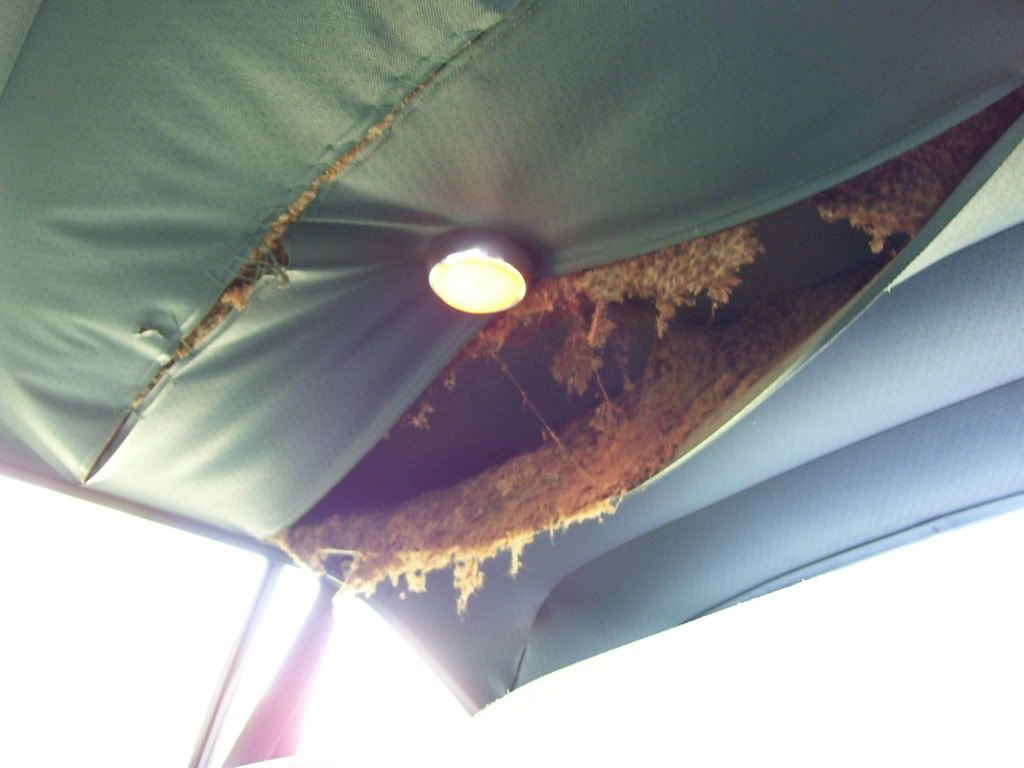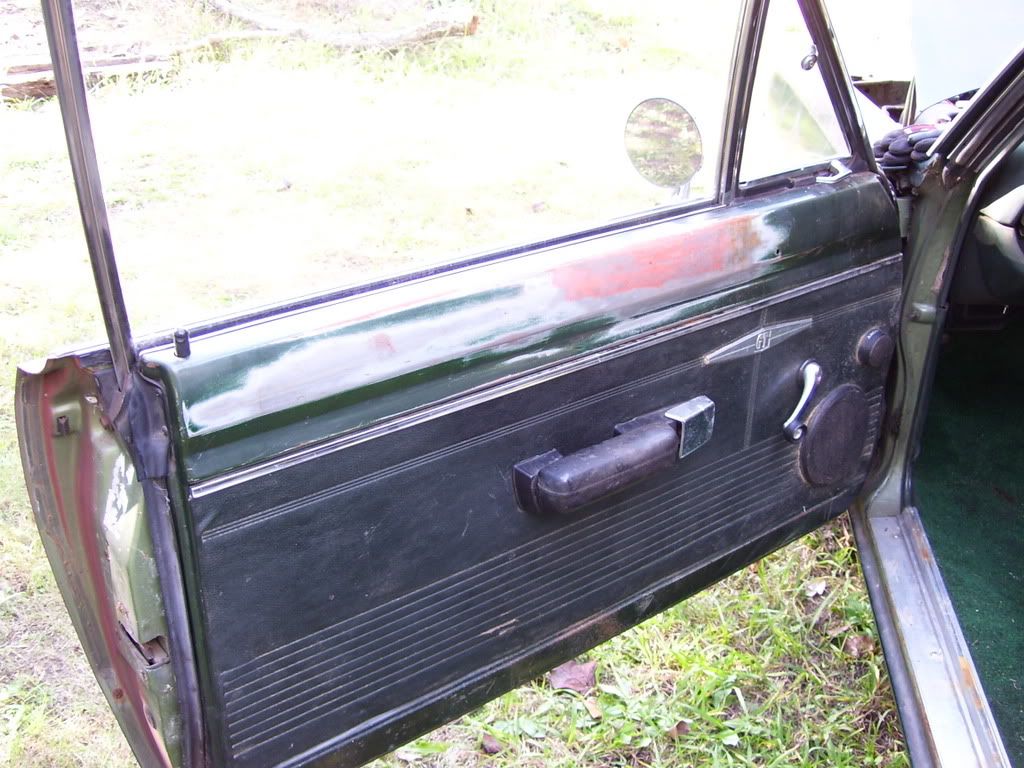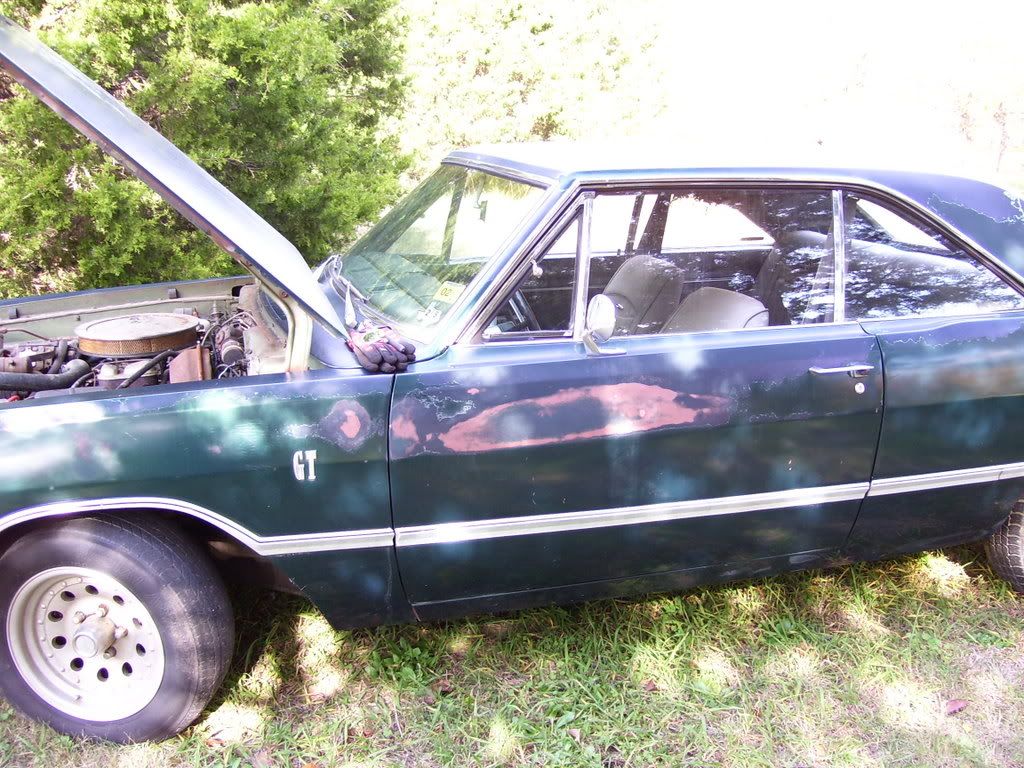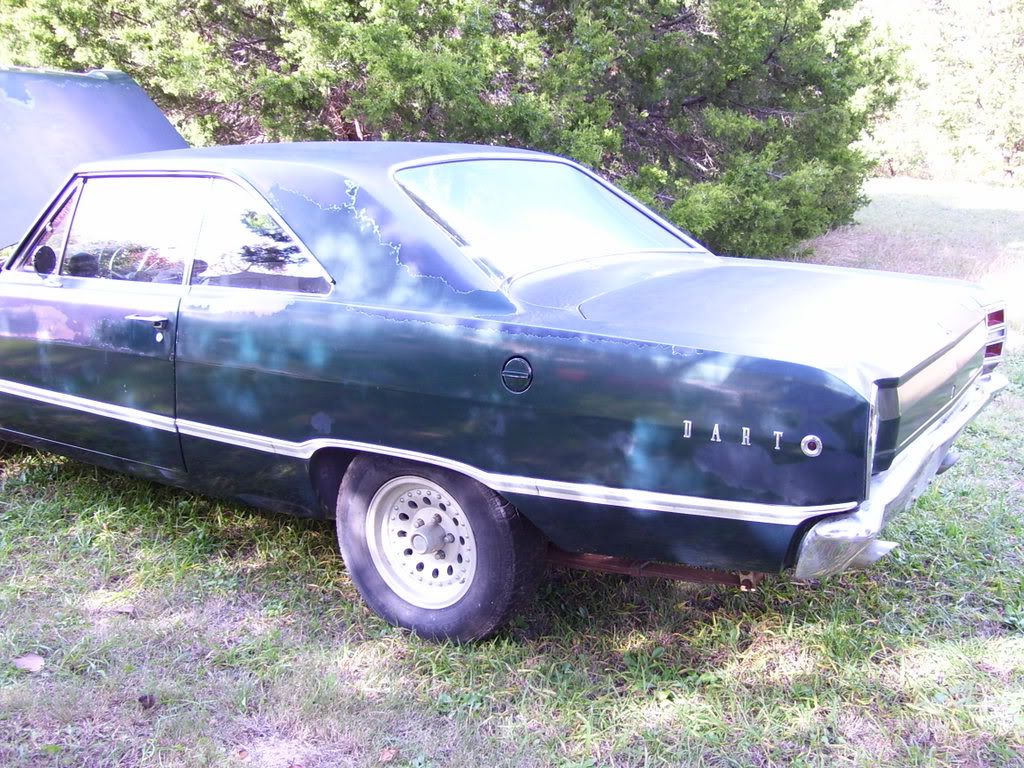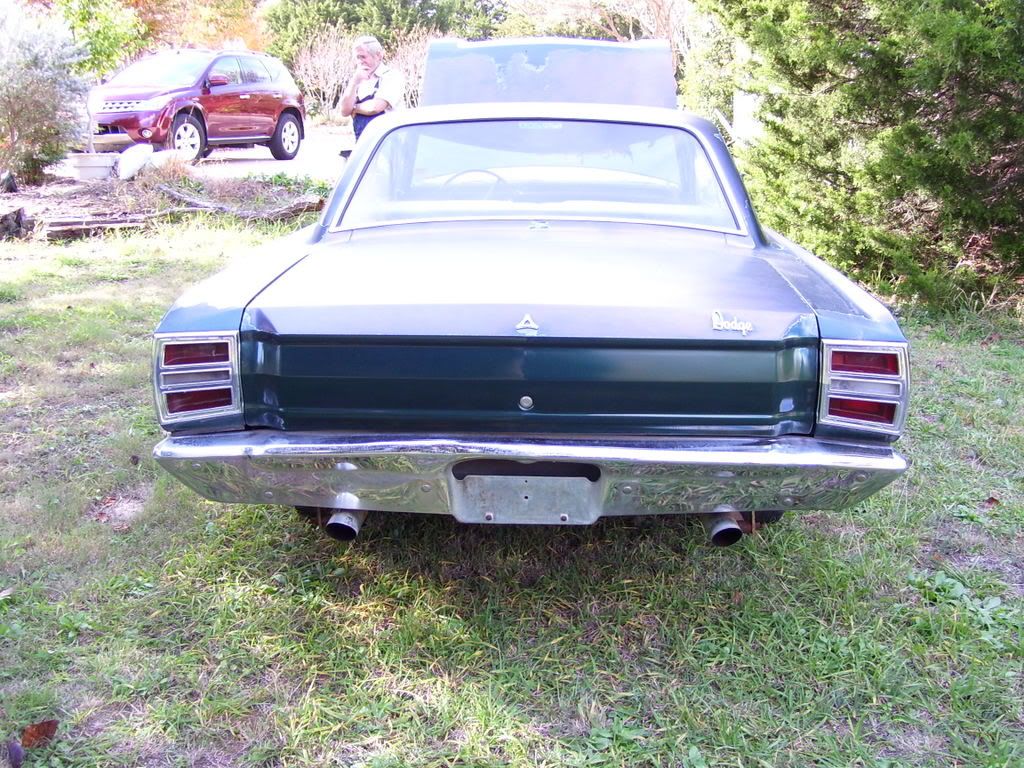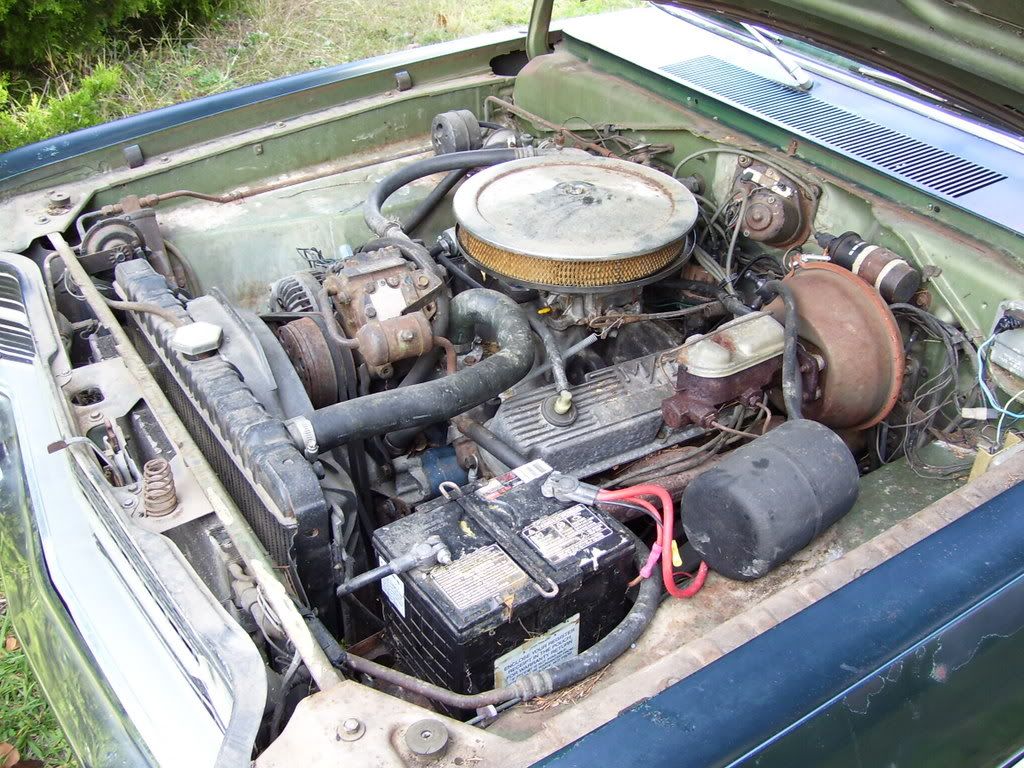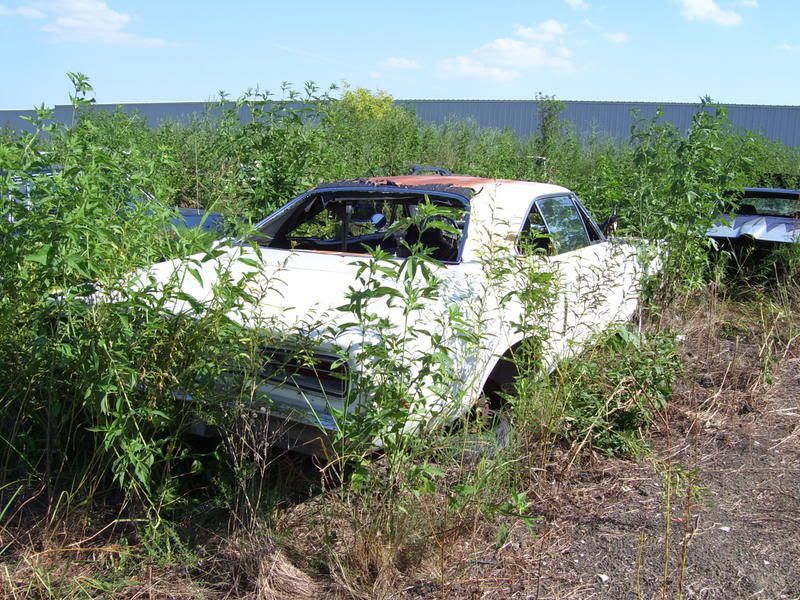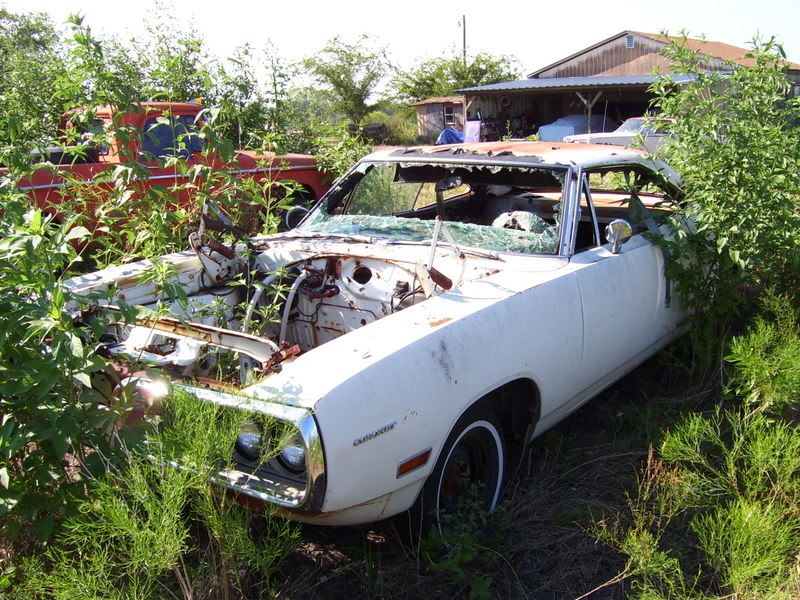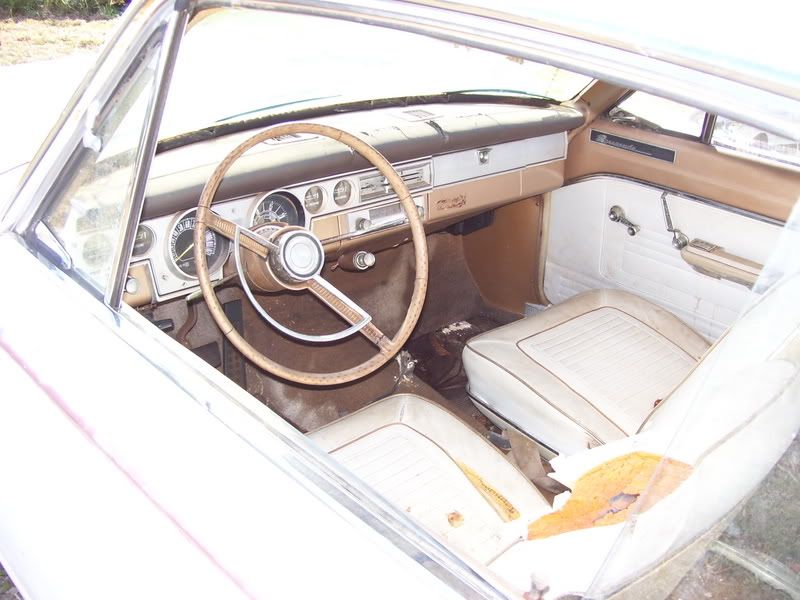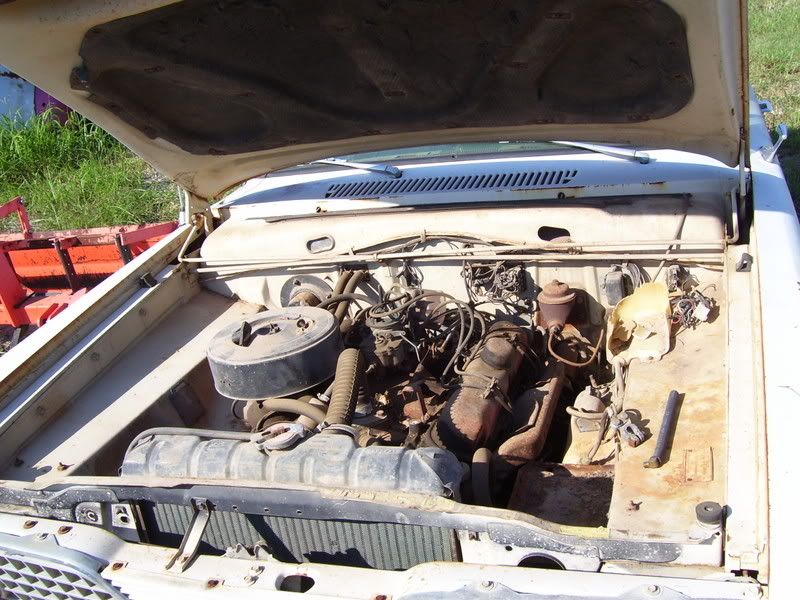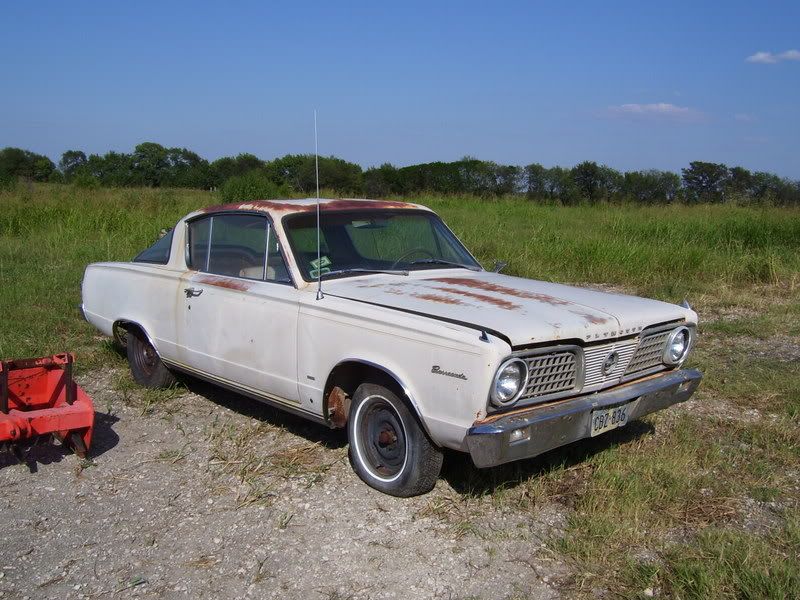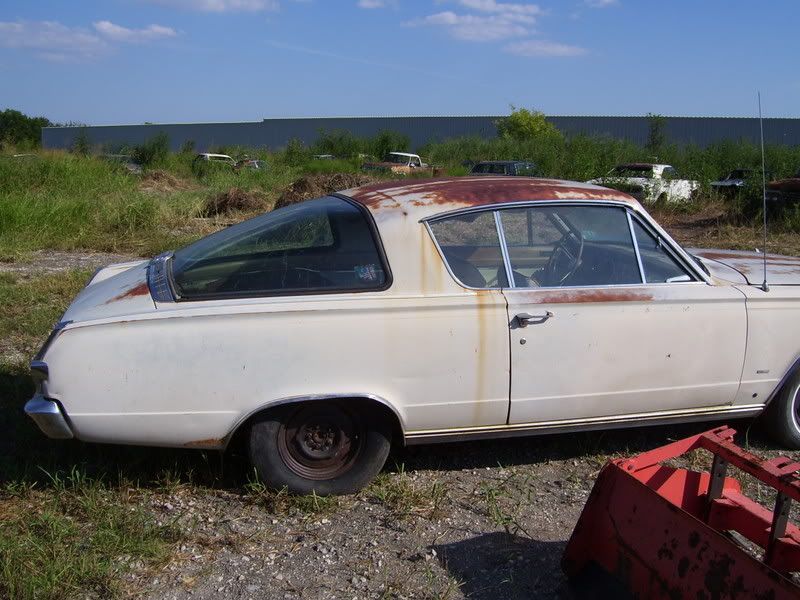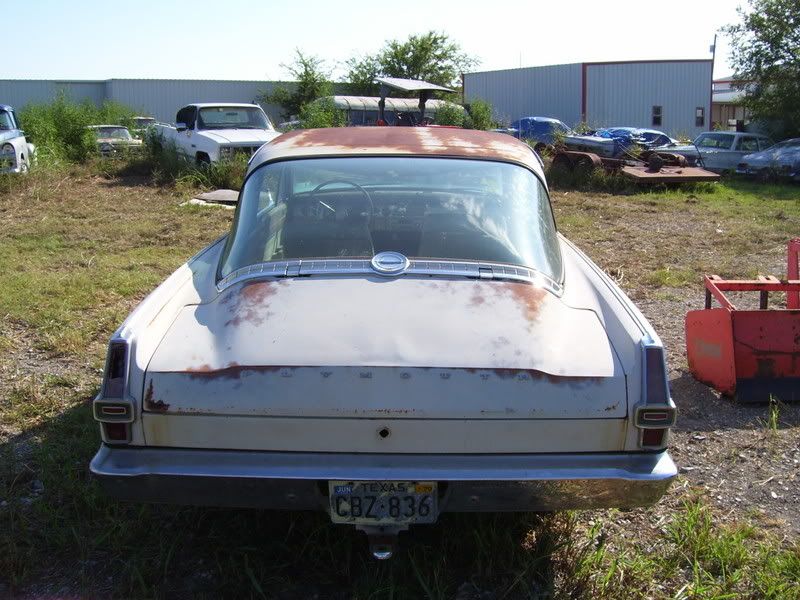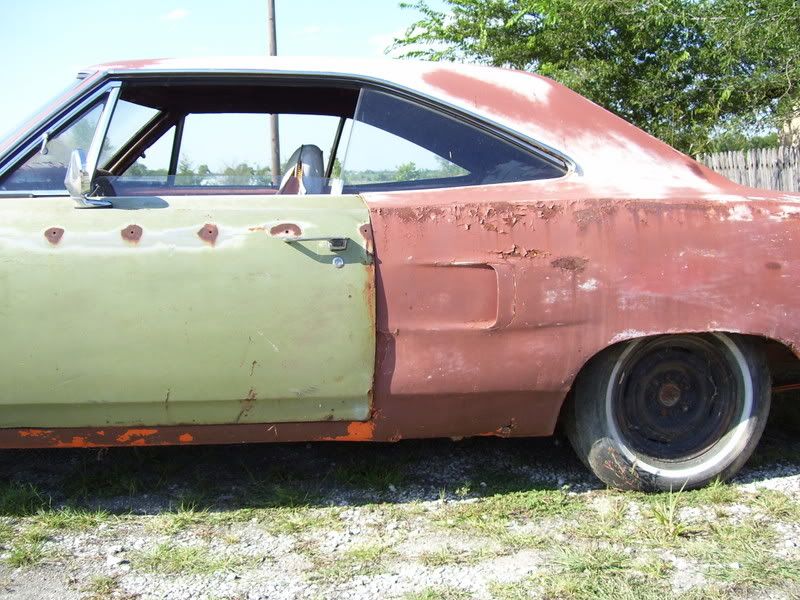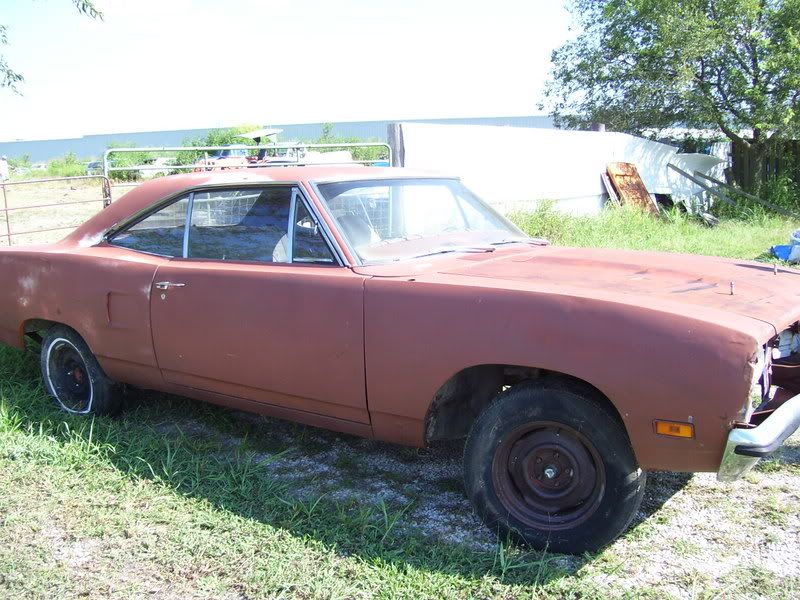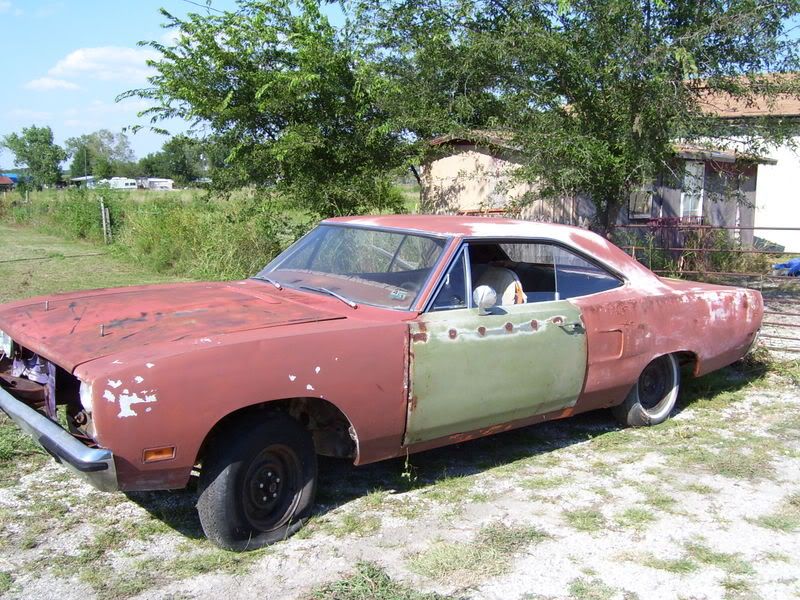SO you want to restore an A-body Mopar huh? Are you sure? Do you have a hole in your head? Have you consulted a shrink? Are you sure you don't want a B-body or E-body? If you are as stupid as me and are determined to deal with frustration, blood, tetanus shots, and little bit of sobbing occasionally, keep reading.
First of all, I am not a paid mechanic, I am not a paid body and paint guy, but I did stay at a Holiday Inn Express! What I am is a guy who has been working on my own cars/Mopars/hot rods/street machines/race cars for the past 22 years, and except for the last 6 months, I have never had my own garage. ( I will let you in on a little secret, I bought my first/current house 6 months ago because it had 2 garages! Shhh! don’t tell anybody, it will be our secret!) I have always worked in the street, in neighbor’s driveways, friend’s garages, and even a rented apartment garage. I have learned ways to work on cars while keeping them drivable, or at least disabled for a very short time. I have done every aspect of building a vehicle, I have a little bit of experience with every system of a car or truck, I have taken apart and rebuilt every component, while I don’t know how to do everything, I never stopped trying. If you don't know how to do something learn. Figure out if you have the ability, tolls, and determination to do the job. If not, then pay someone to do it.
Chapter 1
Where to start?
When I asked if you really wanted to do an A-body, I mean it. Restore a B-body or E-body, it will be easier with a lot of off the shelf reproduction parts. Of course, the bad part is you need deep pockets, E’s are almost unobtaium, even rusted shells will cost you $5K+, B’s are still more reasonable, but forget the Road Runners, Chargers, and Super Bees, they are also sky high.
If you are still determined to do an A-body, well you aint right, but neither am I. You need to understand a few key things before you buy one to work on. These cars have certain problem areas that can be difficult to overcome. Lets talk about a few, but lets also classify the groups.
63-66 Valiant, Dart, Barracuda.
These are the oldest of the series, also, the hardest to find parts for, but as a big plus, I have seen many almost rust free cars for sale cheap. Big issues are trim, finding reproduction is hard or non-existant. When you decide to buy one, make sure the trim is in good condition and all there. Also, the engine bay is small, generally a small block is all you can fit without some major mods, headers are also available, but not many choices. Interior parts are not hard to find. Body rust is to be expected, rear quarters, trunk floor, floor pan, and window channel are common rust areas. Some of the danger, red-flag areas are rust in the upper cowl area, rocker sills and frame rails, these are parts that could prove challenging to find replacements and fix. Now the positive. Want to build an incredibly fast small block car, you found the right combo. Its possible to build a 2600 lb car with a 500hp 408 stroker, this will give you some serious brown streaks in your shorts, I know of one 66 Dart that is running the Mopar 380 Magnum crate engine that runs down in the 11.20 range! Now imagine that when that big block Chevelle pulls up next to you at the stoplight, he will never know what happened to you when you call down to the engine room and tell Scotty to give you Warp 9.8.
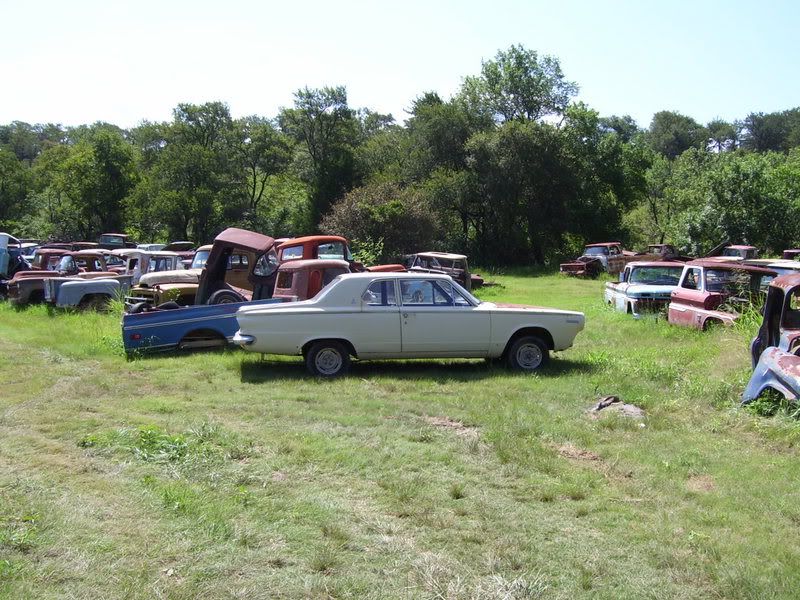
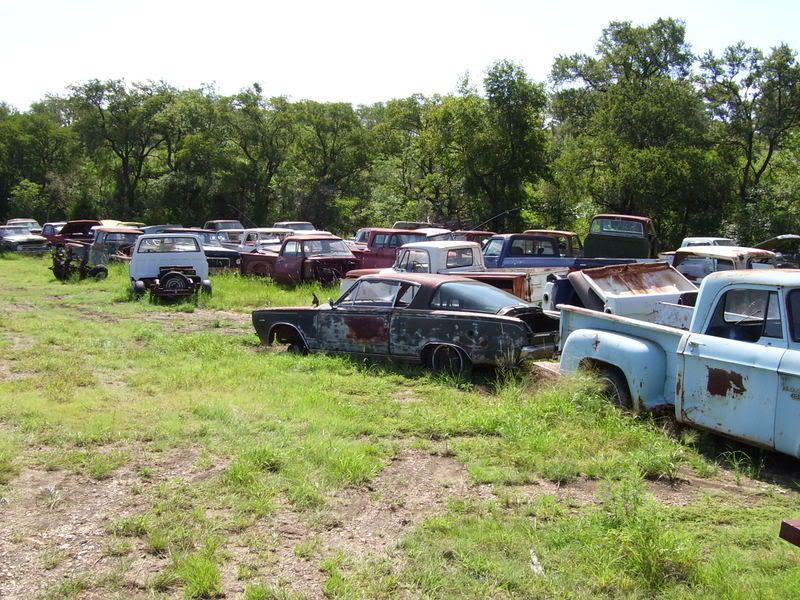
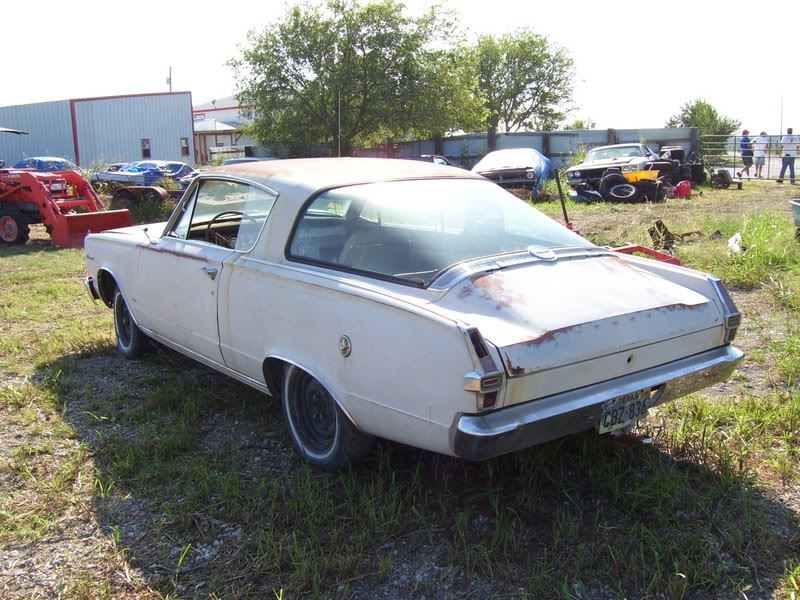
67-69 Darts, Barracudas, Valiants.
By far the most desirable years of A-bodies, which means you will be paying more for them to start with. But the good thing is they have the most parts available aftermarket, but still not all parts. On the 67 Darts, all the trim is worth its weight in platinum. The 67 year window trim is one year only, make sure it is all there and usable, the rest of the body trim is also hard to find, don’t assume I can find it later. 68 and 69 GT and GTS have an aluminum tail panel attached to the trunk lid. Often these were damaged and beyond repair, expect to pay $1-2K for nice one, no joke! Also, headlight bezels tend to have dents on the outer edges from years of parking lot battles, while not as hard to find, perfect ones have sold for $600 or more. Same goes for Barracudas. But interior and body parts are relatively available. Watch for the same rust issues as above. Good news is, big blocks and Hemi engines fit, some headers are available that make swaps easier.
70-72 Dart, Valiant
Very popular because there were a lot built, they are cheap, and easy to find, also, reproduction parts are not hard to find. Another plus is that all the flimsy aluminum and stainless trim pieces are mostly gone off these cars, so no need to hunt ebay for that $1000 tail panel. If I were to build the ultimate a-body, the 70-72 have some of the best attributes without being hard to restore, and are still light enough to be fast. Same rust issues.
70-72 Dart Sport, Demon, Duster
The fastback version, a little smaller, a little shorter, very cool looking. These cars tend to have damage at the end of the rear quarters because of accidents or rust, but replacement metal is readily available. Mostly the same as above, same issues.
73-76 All
This is where they started getting a lot heavier. Basically every group got a little heavier over the previous, but this is the porky generation, crash standards, emissions controls, and massive bumper assemblies took their toll. But there are some advantages, they are still light compared to other bigger Mopars, they are cheap and plentiful, they are younger, so less damage by time, and they have better K-frame and brakes with big boy bolt pattern so you can run any wheel you want.
In a nutshell, those are the nuts. In general, all the A-bodies make excellent cruisers, street machines, and race cars. There are some issues to overcome, like lack of tire space, parts availability, and rust, but they are an excellent platform for a fun car. If you dream it, you can do it.




